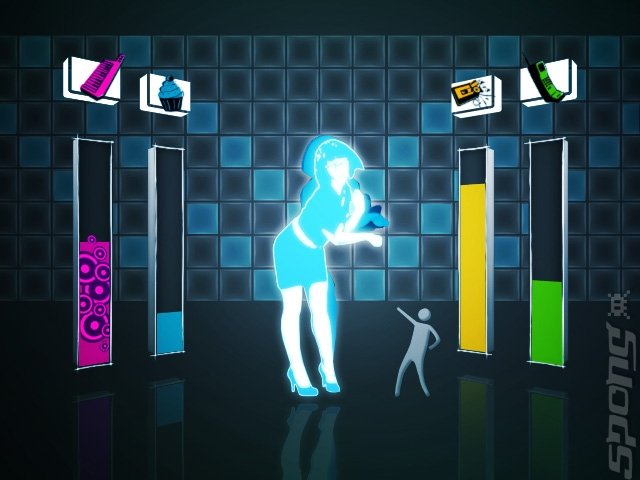The diagram above shows some of the benefits of using games as a context for learning within the classroom. One of the main things which is emphasised is the way in which the curriculum and all the children are learning can be embedded. Through using a game as a context and using this to form learning opportunities and activities across the curriculum this allows all that children learn to be inter linked and related to each other. In doing this you help make what children learn more meaningful and relevant to them as they are able to see where different things they are are learning come from and how to use and apply what they have learned in other areas. This relates to the Curriculum for Excellence principles which place a strong emphasis on the importance of relevance within learning (Scottish Government, 2009). Through also selecting a game the children are interested in also helps build their motivation within the class in not only being able to play the game but also build enthusiasm for the work they have to do in the various subject areas as this is linked to a game they really enjoy playing and characters they can perhaps relate to or want to for example write about in their writing. This reflects the principles of personalisation and choice as well as enjoyment as children can be involved in decision making and have a say in the game which will be used as a context for the class making it more personal to them and interesting.
Another element of games based learning could be collaborative working. In a number of games you can have more then one player playing at a time. Through this children have opportunities to work with others and can be encouraged to develop skills in working together as a team. This involves children communicating with each other, planning what they are going to do and problem solve to get through any issues they are faced with whilst playing the game. This could be particularly effective for a class where children are not very good at working together and could encourage children to be more empathetic with each other and understanding of each others abilities and feelings.
Just Dance
Our group chose to base our context on the Just Dance game for the Wii. We chose this as it was a game a few of us had played before and thought was quite good and we also saw the real collaborative element mentioned earlier in the way that four people could play it all at once. For our context we had two main activities for the children to do but the main focus was for them to create an informative and attractive poster using the Just Dance game as a context and inspiration for what they put on their posters. The children got the opportunity to pick their groups and each group got the chance to have a go at playing the Just Dance game as well as creating their own individual poster which they could discuss with others in their group.
Activities:
1) One of the activities was for children to go on to the Wii in fours. They got to dance to three songs of their choice and had to copy the actions of the person on the screen.
2)The other activity involved the children pretending they were in a dance crew and their task was to create a poster to advertise a performance their dance crew was doing to try and get people to come along to their show. We suggested they considered the following elements when creating these posters:
-Name for dance crew
-Logo
-Time
-Place
-Ticket costs
-Colourful/ eye catching design
Evaluation
Having had the opportunity to work with three groups of children within the one class it was great to be able to see how they responded to the context we had created and what they made of the activities we had planned. The majority of the children seemed to really enjoy the game which was really beneficial as it was obviously something which interested a number of them and meant the majority of them got quite into it and were really focused on playing the game. Despite this there was one child who did not want to engage in this game as they did not like dancing. We tried to offer alternatives to them and encourage them to do something else which would still be playing the game but they did not want to participate. If I was to do this again it would obviously be much easier to make sure an appropriate game was chosen if we knew the children and had the time to work with them on this over a period of time. At the end we discussed with the children other games they may like to use for a context in the classroom and those they came up with were Need for speed, Fifa and Piggy Panic. From this I realised the importance of taking into account children's interests within the class and tapping in to these interests to get them engaged in learning which could relate to a game the children like. Another part of this however is making sure the game is suitable for the children in terms of the age they are and stage they are at.
In terms of the poster activity I think we had really mixed responses from this task. There were a number of children who got really in to this task and wanted desperately to get this finished before they left but a number of other children really struggled with this and some did not engage in this. A lot of the children struggled to come up with a name for their dance crew so required a fair bit of support in trying to come up with something and as a result a number of them ended up just having done the name of the dance group and did not have time to do any more. From this we realised that the children required more time to do an activity like this and as they had to put a lot of thought into what they were writing having the game on at the same time may have been difficult for them to concentrate on the task. Despite this some children created some really good posters and it was clear they had thought about important elements making it colourful, including all the key information and so forth. Some children said they enjoyed creating these posters but others said they would like to have had the opportunity to make up their own dances which could have been inspired by the game as a context. This is something I may consider if using this game as a context again with another class however I feel it is also important to consider the views of all of those within the class as I know some children do not enjoy participating in dance.
To start with we also showed the children a video of the Dance group Diversity who the children were all very familiar with. We did this to get them in to the mindset to allow us to set the context and make it meaningful to them. The children all knew who Diversity were and were engrossed whilst watching a short clip of one of their performances. I feel this was a really effective way of getting the children tuned in and as it worked so well it is something I think I would do again if I was to use this Just Dance or a similar context to this again.
To start with we also showed the children a video of the Dance group Diversity who the children were all very familiar with. We did this to get them in to the mindset to allow us to set the context and make it meaningful to them. The children all knew who Diversity were and were engrossed whilst watching a short clip of one of their performances. I feel this was a really effective way of getting the children tuned in and as it worked so well it is something I think I would do again if I was to use this Just Dance or a similar context to this again.
Overall as a context I think it worked really well. The majority of children really enjoyed the game and were all quite familiar with it which suggests it was something they were interested in. I think it was suitable for the stage they were at as they were all quite capable and even able to judge the teachers on how well we were doing it! Despite this I am not sure how much they related the context of the game to what they were doing within their posters. Although both involved looking at dance performance and we tried to get this across to them I am not sure how much they got out of this task. If we had longer to work with them we would have considered a range of other activities we could do with them and also break down the poster task and look at the key elements individually and develop these before getting children to complete posters including all of these features. It was a really enjoyable afternoon and was great to see different context ideas and how these can be used to develop learning across the curriculum and also be able to see for ourselves how children respond to learning through the context of a game.
References
Scottish Government (2009) Curriculum for Excellence: Principles for Curriculum Design. Available online:








An excellent and honest reflection on you GBL context with the children. It appears the you alongside the children gained a great deal from this. Do you think if you were to do this in the classroom if would distract others or do your think this is workable?
ReplyDeleteTip: Try and refer to theory when discussing aspects like motivation or collaboration.
Remember to moderate your responses.
ReplyDelete